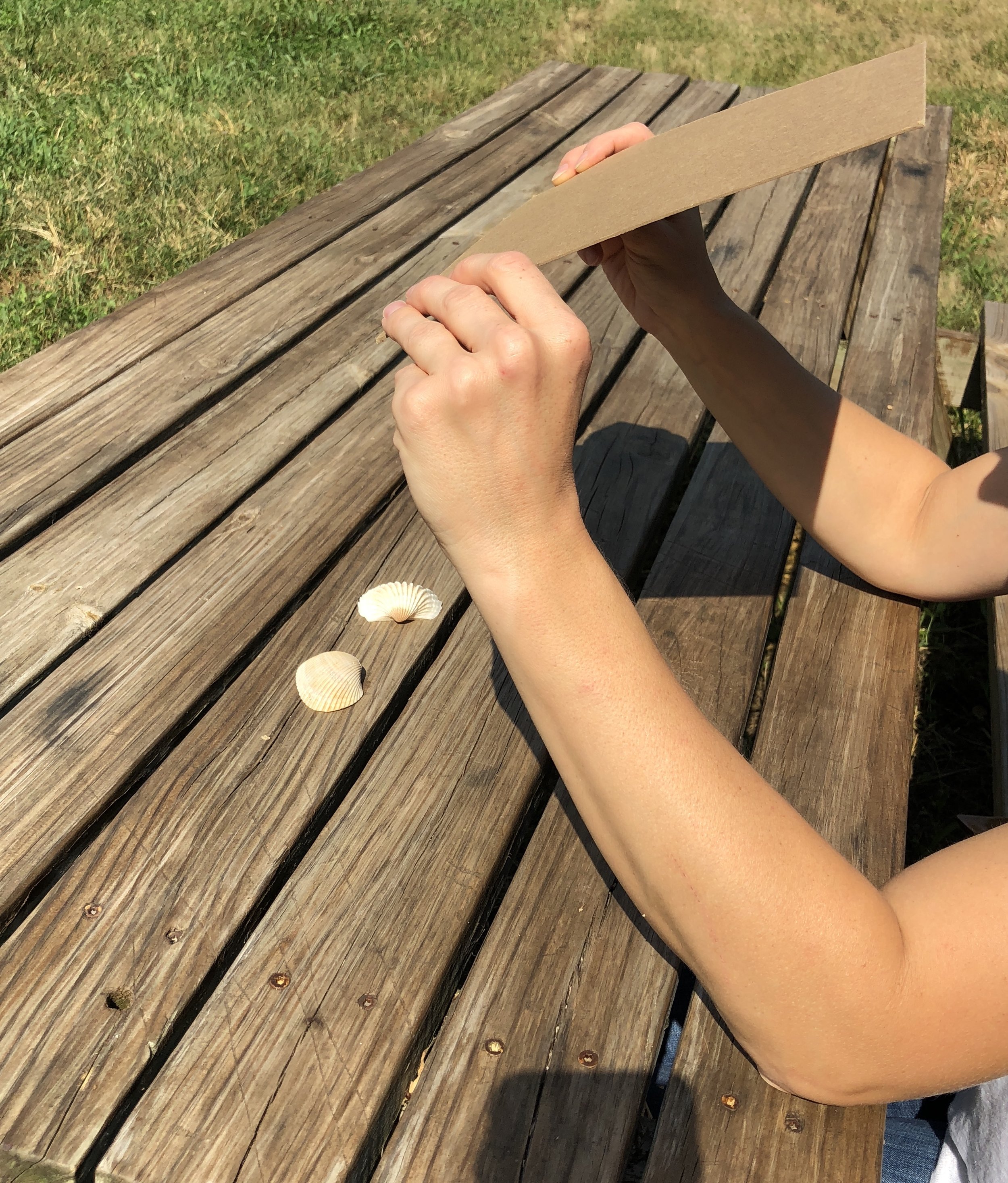“The quantity of a small collection can be intuitively perceived without counting.”
-Erikson institute’s Early Math Collaborative
When my daughter and I started playing games with dice I noticed her ability to quickly call out the number without actually counting the dots. She rolled three dots, and without counting, said THREE! How did she learn to do that?
Later, I attended a conference session all about Subitizing- the ability to quickly perceive a number without counting. Subitizing is very important in early childhood and something we all use in our day to day life.
The primary focus in most preschools is to teach children to count, however research has shown that another crucial skill is attaching number words “labels” (one, two, three) to small sets of objects. This is an essential stepping stone to developing an understanding of quantity.
-Nguyen, Laski, Thomson, Bronson, & Casey, 2017
In this playful invitation focus on developing the ability to label small groups without counting. Preschoolers begin to use subitizing with 1, 2 and 3 items. As they grow in their abilities they see 4, 5, and 6. You can practice your child’s ability to quickly perceive an amount by playing simple games.
Playful Invitation
1. Prepare: 5 shells, acorns, or other natural material, and a piece of paper, cardboard, or fabric. Sit facing the child with the materials on the table/ground and the paper/fabric/cardboard hiding the materials from the child’s view.
Observe the child throughout the interaction. Use the Invitation to Play Documentation Tool to collect data.
2. Invite: I have a game to play with you! When I move this paper you will see some shells/rocks/etc.. I want you to take a quick peek and tell me how many you saw.
3. Play:
Secretly place two shells on the table or ground and cover with the paper. Quickly reveal the item for about 3 seconds and then cover again.
Ask: How many did you see? and How do you know?
Model thinking and counting: Wow, so you knew the number without even counting? You’re right! There were two. See, 1, 2! Deliberately point and count.
Vary the amount (no more than 5 to start) to challenge the child.
4. Reflect and Assess: How did the child do with this game? Was the child able to instantly name the amount without counting? What number of items posed a challenge?
Ready: The child is ready if he/she shows an understanding of one, two and more. Also the child knows the number words one, two, three and beyond.
Ready to move on: The child quickly calls out the number when shown 1, 2, 3 items.
Extend: Work on subitizing to 5.
Also, try combinations of materials or colors. For example, two rocks and two shells. Ask How many did you see? Then ask How many were rocks? and How many were shells?
Noticing smaller groupings within the set is the beginning of Conceptual Subitizing- when you quickly perceive smaller groups within the set and use these to determine the amount. Check out this video at mathisvisual.com for a fun example based on the ideas of Jo Boaler.
Another idea I play with my children is “Fingers, Fingers,” developed by Kristen Reed and Jessica Mercer Young. Check out their great article about games: https://www.naeyc.org/resources/pubs/tyc/oct2017/play-games-learn-math-explore-numbers; Youtube video
*One additional thought. It is recommended that children primarily practice Subitizing with simple dots. Consider how you can incorporate dice and dot cards into your daily routines and math games.
MATH LANGUAGE
Quantity- the amount of something. The “how many or how much.”
Perceived- to understand or realize something.
Subitizing- ability to quickly perceive a number without counting.
Conceptual Subitizing- when you quickly perceive smaller groups within the set and use these to determine the amount.
Set- items that are grouped together in a meaningful way.
Number sense- the ability to understand the quantity of a set and the name associated
with that quantity.
Resources
Clements, D.H., & Sarama, J. (2017)*
Reed, K., & Young, J.M. (2017)*
Nguyen, Laski, Thomson, Bronson, & Casey, 2017*
Mathisvisual.com
* full citations can be found on the Research Page
SHARE YOUR EXPERIENCES WITH OTHERS IN THE COMMENTS SECTION










